Mastering Stalls: How to Recognize, Prevent, and Recover Safely
Flight Training Central
MARCH 3, 2025
Practicing stalls will also help you learn the low airspeed flight characteristics of the airplane, and how to control the airplane at low airspeeds which is what you will encounter while maneuvering in the traffic pattern and approaching to land. As the airspeed slows into the white arc, extend the wing flaps.



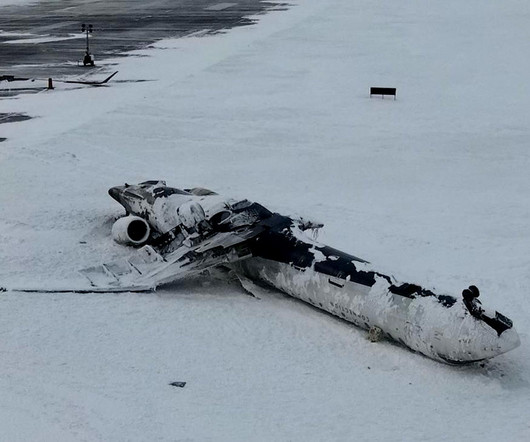

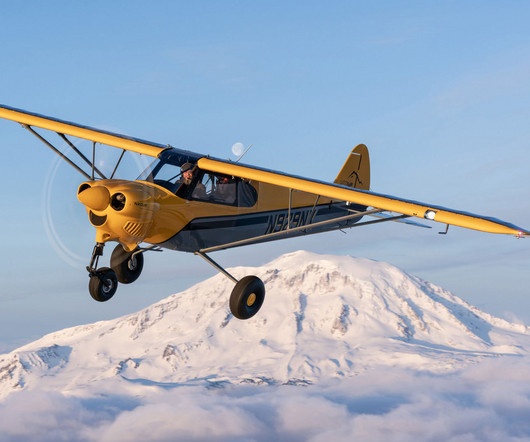
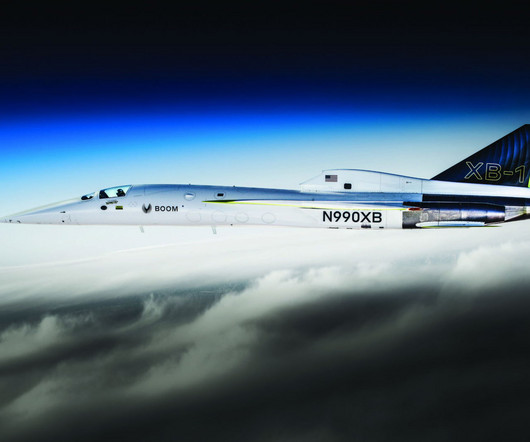
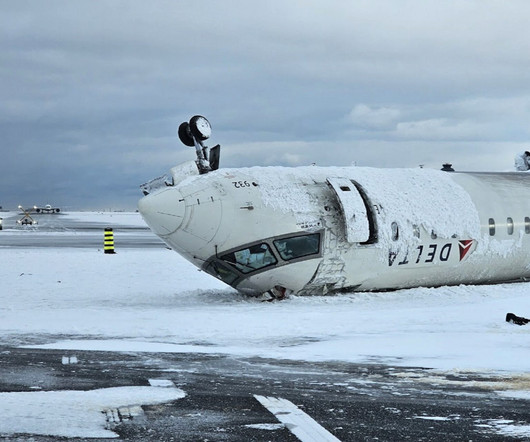
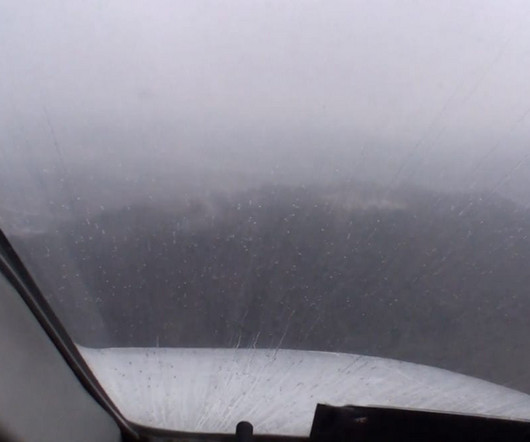
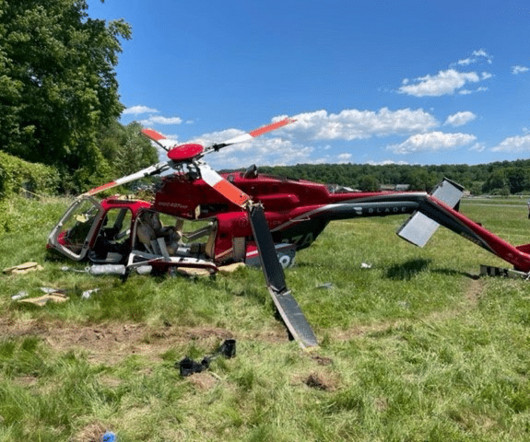
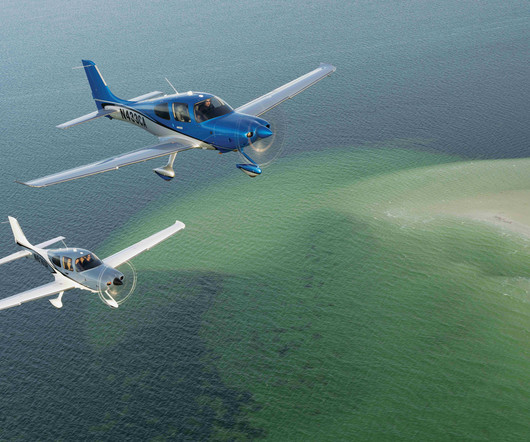
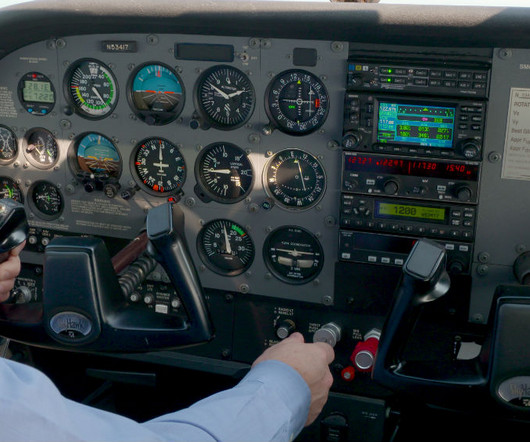






Let's personalize your content